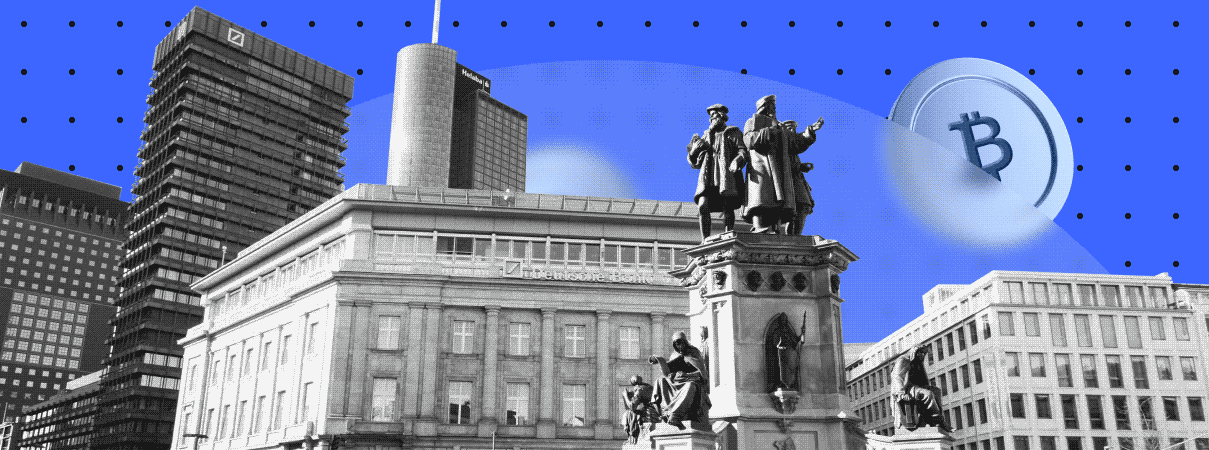Many U.S. banks face liquidity outflows due to withdrawals of uninsured deposits in the wake of the Silicon Valley Bank (SVB) collapse. As a result, a lot of them have the potential to become insolvent in the near future.

According to analytics by economists from U.S. universities, the collapse of SVB and several other banks considerably affected the stability of the country’s banking system, the market value of which decreased by $2 trillion.
The paper’s authors believe the main risk factor for the U.S. banking system is the high percentage of uninsured deposits. Having analyzed the figures of the bankrupt SVB, they concluded that 186 American banks are at potential risk of insolvency because the market value of their assets may be insufficient for repayment of insured deposits after payments to uninsured depositors.
The decline in the value of bank assets following the closure of large banks, in turn, greatly increased the risks precisely for uninsured depositors, who began actively withdrawing funds from banks. Their actions put ~$300 billion of insured deposits at risk.
To reduce “chances of more bank failures,” the Mid-Size Bank Coalition of America (MBCA) asked the Federal Deposit Insurance Corporation (FDIC) to extend all deposit insurance for the next two years. The MBCA officials argue that extending insurance to “all deposits” would “immediately stop the exodus” of uninsured deposits from smaller banks. This will stabilize the banking industry and greatly reduce the chances of bankruptcy.
The community also calls for giving “some guarantee” to depositors. Thus, John Deaton, Founder of Crypto Law Lawyer, predicted the bankruptcy of about 300 more banks in case of inaction by the FDIC.
For its part, the U.S. Federal Reserve (FED) announced efforts to support the U.S. dollar with the central banks of Canada, England, Japan, Switzerland, and the European Central Bank (ECB). The FED plans to strengthen the dollar’s liquidity through swap lines, agreements between the two central banks to exchange currencies.
Swap lines previously showed effectiveness during the 2007-2008 global financial crisis and the COVID-19 pandemic in 2020. Swap lines are intended to improve liquidity in dollar-denominated funding markets in difficult economic conditions. However, the FED officials deny the fact that the banking system is experiencing difficulties, arguing that the measures are aimed at easing tensions in global funding markets.
Last week, the Federal Reserve launched a $25 billion funding program to provide banks with enough liquidity to cover customer needs after the collapse of SVB. Meanwhile, SVB Financial Group, the parent company of the bankrupt Silicon Valley Bank, filed a “voluntary petition for a court-supervised reorganization” under Chapter 11 of the U.S. Bankruptcy Code to “preserve value.” The bankruptcy didn’t affect SVB Securities and SVB Capital, which continue to operate as usual.
Recall that the cryptocurrency community accused the U.S. authorities of a “crackdown against the crypto industry,” the tool for which was the closure of crypto-friendly banks SVB, Signature, and Silvergate. In response to such allegations, the U.S. House Financial Services Committee is preparing to conduct a series of hearings to get “to the bottom” of the bank failures. FDIC Chairman Martin Gruenberg and FED Vice Chair for Supervision Michael Barr are expected to appear before Congress on March 29 to explain “why and how these banks failed.”
Signature Bank said the regulators’ attacks were a “show of force,” claiming the bank was shut down without a legitimate reason.









